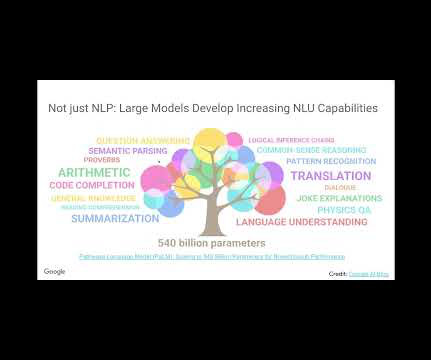Centralize model governance with SageMaker Model Registry Resource Access Manager sharing
AWS Machine Learning Blog
NOVEMBER 14, 2024
Use case and model governance plays a crucial role in implementing responsible AI and helps with the reliability, fairness, compliance, and risk management of ML models across use cases in the organization. Following are the steps completed by using APIs to create and share a model package group across accounts.












Let's personalize your content